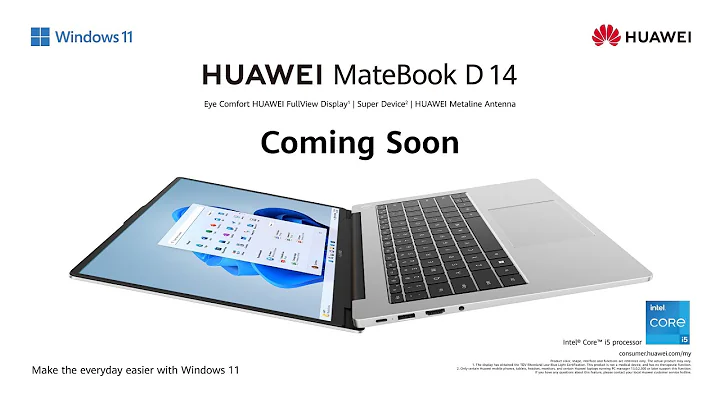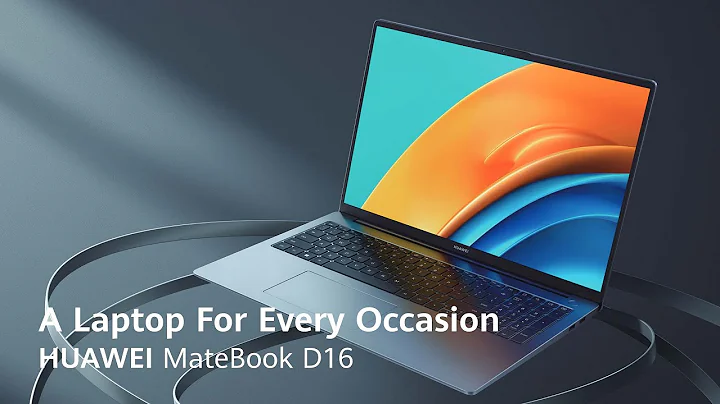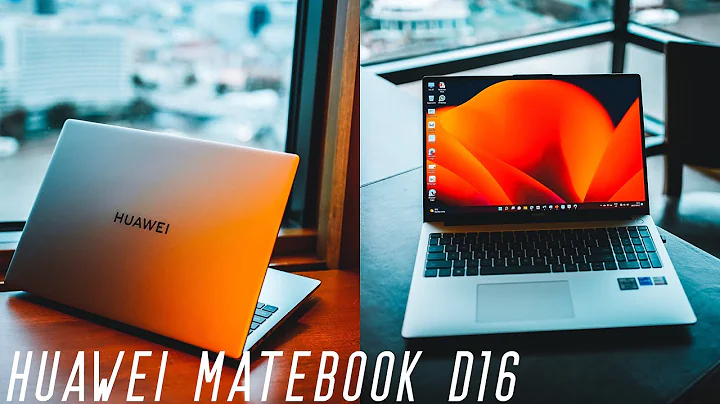In May this year, Huawei held a new product launch conference again and launched Huawei MateBook series of new products, including Huawei MateBook 16s i9 version, Huawei MateBook D 16, Huawei MateBook 14, Huawei MateBook D 14 and other six new products, as Huawei The core product of smart office scenarios, the release of Huawei notebook new product, marks the further deepening and improvement of Huawei's Internet of Everything ecosystem.

Why are more and more hardware and software manufacturers pursuing the Internet of Everything? Because the essence of the Internet is connection and sharing, if the electronic devices of all sizes around us are presented in the form of data island , it will undoubtedly be against the times. On the other hand, the Internet of Everything is an inevitable product of the development of the Internet to a certain stage.
In fact, Huawei is not the only one on the track of the Internet of Everything, but why only Huawei’s Hongmeng ecosystem has attracted much attention. The reason is that Huawei has mastered the essence of the Internet of Everything. That is to provide a unified language for the intelligence, interconnection and collaboration of different devices. Through distributed technology, smart devices such as mobile phones, tablets, watches, and smart screens can be connected. The Kirin chip , which is from the same family as Hongmeng, Provides a more stable and ideal hardware platform.
Compared to Huawei, almost all other players on the same track are facing shortcomings that are difficult to make up for. For example, in May this year, Qualcomm , which proposed the "connection" strategy, began to provide higher network transmission rates on chip products, but don't forget, the latest Snapdragon 8 platform products alone have hundreds of Block, almost every product has its own ecology, so how can we talk about "internet".

Let’s look at and Google . Almost at the same time as Huawei’s Hongmeng came out, Google launched the Fuchsia OS system in addition to Android. It aimed at the Internet of Everything ecosystem and intended to snipe Hongmeng in advance. However, today the entire Android ecosystem is fragmented. , Google's Fuchsia OS system is slightly inferior in terms of popularity and hardware collaboration.
Some netizens may mention the domestic Xiaomi , but in fact compared with Hongmeng Ecosystem, Xiaomi's Internet is more like creating an application layer on the Android system to realize the connection, similar to the principle of Android's " virtual machine ". The stability and latency of the "virtual machine" may be applicable to simple smart homes, but what about scenarios such as smart driving and smart medical care that require response times accurate to milliseconds? Instability means high risk.

So, looking at domestic mobile phone manufacturers, almost only Huawei has achieved software and hardware synergy in creating an Internet of Everything ecosystem. The first is Huawei's Hongmeng system. Based on the Hongmeng system, it combines smartphones, smart watches, smart home appliances, smart cars and other equipment from the bottom up, as well as smart travel, smart factory and other fields to break the silos between different devices. form a whole. This microkernel design based on the bottom layer of the system turns Hongmeng itself into an distributed system for all things. Without system barriers, more and more connection scenarios will naturally be derived.
In terms of hardware, mobile phones are still the control center of the Hongmeng system, especially the and Huawei mobile phones equipped with Kirin chips. With the support of self-developed communication technology, they have faster transmission rates, more stable 5G signals, and stronger Wi-Fi -Fi connection experience, and even more stable performance and power consumption are the foundation for Hongmeng to realize the Internet of Everything. And as the future Internet of Everything scenarios become more and more complex, the impact of the chip will be further amplified.
Therefore, the reason why Huawei’s Hongmeng ecosystem brings stronger perception and better practical experience to consumers is actually inseparable from the software and hardware synergy of Hongmeng OS and Kirin chips. It is precisely because of the software and hardware synergy. Only by existence can Huawei grasp the pulse of the new era of the Internet of Everything, create more connection scenarios in the future, and exert greater value.





















